Russia
2018 – Economy: Space Economy
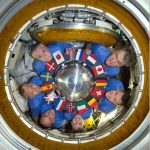
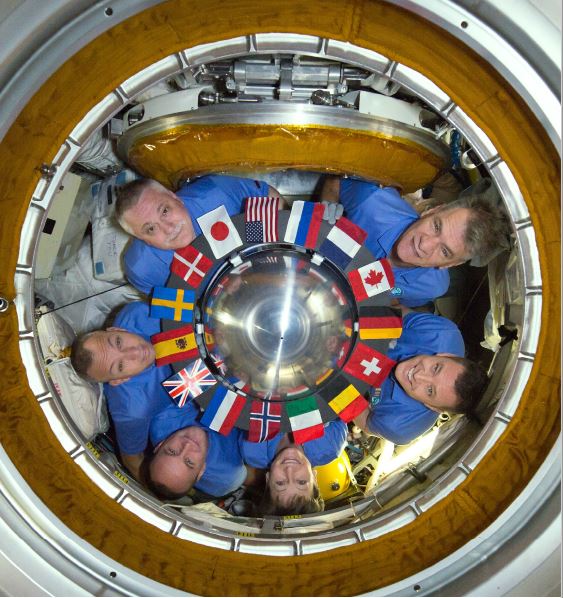
The global space industry grew 7.4% in 2017, reaching a total of $383.5 billion. This continues a broad upward trend that spans more than a decade. Traditional sectors for space commerce have continued to grow and are . . .
2017 – Infrastructure
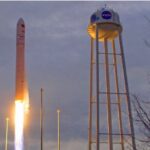

Space infrastructure, like its terrestrial counterpart, is an invisible backbone for services used by people all over the world. Like terrestrial infrastructure, space infrastructure is increasingly relied upon for convenience, services, and national security/defense. If there was an emerging trend during 2017, it is that space infrastructure is . . .
Launch
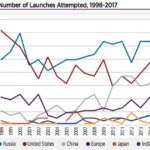

Whether suborbital or orbital, the world remained busy launching vehicles into space. The distinction between suborbital and orbital launch is very specific. Suborbital launches lack…
2017 – Government Space Budgets
Global government spending increased in 2017, totaling $76.2 billion, up from $72.7 billion in 2016. Government spending accounted for 19.9% of the global space economy . . .
2017 – Human Space Launch
During 2017, Russia was the only nation that launched humans into orbit. Russia continued providing its service, ferrying passengers to the International Space Station (ISS). Of the…
2017 – Russia Human Launch – Snapshot
Russia remained the only nation to launch humans to orbit during 2017, using its Soyuz launch vehicle and capsule. The continued depression of Russian launch activity during…
2017 – U.S. Human Launch – Snapshot
The last U.S. human space launch was conducted in 2011. NASA now relies on Russia’s Soyuz space launch system, paying hundreds of millions of dollars to transport U.S. astronauts to…
2017 – GLONASS – Snapshot
Russia’s share of operational PNT satellites increased from 21% in 2016 to 26% in 2017. Operating the Global Navigation Satellite System (GLONASS), the nation was tied with . . .
2017 – Russian Spaceports – Snapshot
During 2017, Russia continued operating three orbital launch spaceports within its territory: Dombarovskiy, Plesetsk, and Vostochny. A fourth spaceport, Baikonur Cosmodrome, is Russia’s . . .
2017 – Spaceports – Snapshot
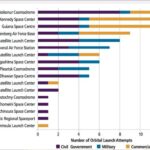
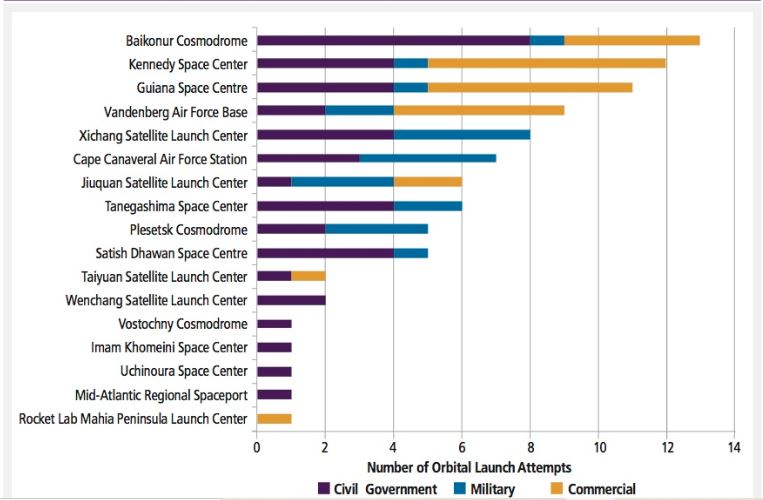
Given the 91 orbital launch attempts worldwide, it is clear that spaceports were busy in 2017. This activity was distributed across 25 active spaceports. In 2016, spaceports in the . . .